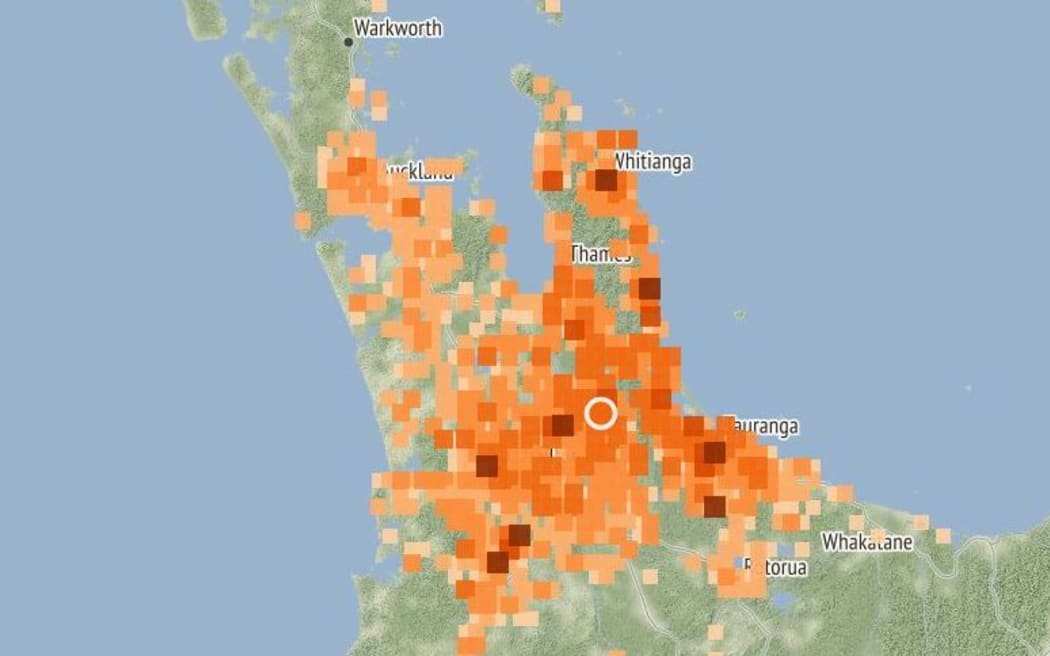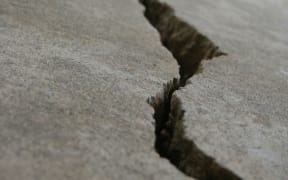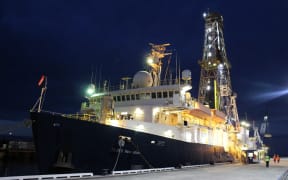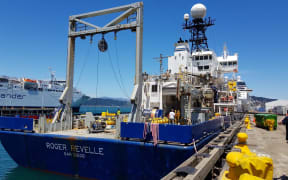
Thousands of people in the central North Island reported feeling the 4.8 magnitude quake. Photo: Geonet
As parts of the upper North Island slowly emerge from days of flooding, the region has once again been destabilised - this time by an earthquake.
More than 11,000 people reported feeling the magnitude-4.8 tremor just after 2am.
It was centred five kilometres south of Te Aroha, six kilometres deep.
People from Kaitaia through to the sodden regions of Auckland, Bay of Plenty, Coromandel - and even down in Christchurch - were jolted awake.
A series of weaker aftershocks began to strike 40 minutes later. There are no reports of damage as of yet.
"The funny thing was I was actually awake at the time that it struck," Te Kuiti resident Zane Burdett told RNZ. Te Kuiti is about 100km from Te Aroha.
He said it arrived as a single jolt, making his house creak.
We are thinking of those currently dealing with rain, landslides & flooding who were woken with an earthquake this morning A shallow M4.8 quake with strong shaking occurred 5km south of Te Aroha & was felt across Auckland, Waikato and Bay of Plenty https://t.co/buzqrG4xUk #eqnz pic.twitter.com/WJwNExi1Hb
— GeoNet (@geonet) February 2, 2023
It was also a restless night for Kees Meinderts of Motumaoho, just south of Morrinsville and about 25km from the epicentre.
"I've had many experiences with earthquakes in my life now, and I hadn't gone to bed yet - I was just sitting on the edge of the bed - and suddenly I thought, 'Eh, what is happening there?'
"Lots of noise. I didn't think of an earthquake straight away - I thought it was a big truck or something. A big jolt, lots of noise, and then a rumbling. I was just sitting on the bed like it was a little bit of a rocking horse."
Meinderts said it lasted much longer than the magnitude-5.1 quake that hit the region on 4 January.
This quake coincides with the 92nd anniversary of the devastating Napier earthquake which killed 256 people.
Geonet seismic duty officer Libby Abbot said the quake would have been a "jarring" experience after a week of heavy rain and flooding.
"Six kilometres is quite shallow. It's quite near to Te Aroha, so shaking near the epicentre would have been pretty strong for those nearby."
She said more aftershocks should be expected. The region is in the Hauraki rift zone, which extends up from South Waikato, east of Putaruru and Tokoroa, through Te Aroha and up along the western coast of the Coromandel Peninsula.
"Earthquakes are not unusual in New Zealand, as we know, and in any part of the country people should be prepared," said Abbot.
Luckily the Hauraki rift is not as active as some other faultlines in Aotearoa, which sits on the edge of the Australian and Pacific tectonic plates.
Abbot said she wouldn't expect any major damage to result from Friday morning's rumble.





